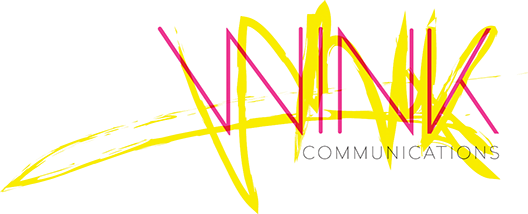The work you don't see
I’ve spent this week building a brand book. Not the kind with a few nice adjectives and a mood board. The kind that actually gets used—by future copywriters, by internal teams, by leadership who want to know how to talk about what they’ve built. A book that holds the weight of a brand’s voice, without trying to pin it down too tightly.
It’s a strange thing, writing a voice that isn’t mine. One that, hopefully, will outlive my time with the company. One that has to represent them to the world, hold steady across platforms, speak fluently to their audience—and still feel unmistakably like them.
The stakes aren’t loud. But they’re real. Because what I’m writing isn’t just copy. It’s a system of decisions.
US or UK English? Contractions or not—and when? Do we use Oxford commas, or do we leave them behind? What about headline formatting—title case or sentence case? How do we handle ellipses? Ampersands? Acronyms? When is it “we,” and when is it “the company”?
Tiny choices. But they add up to tone. And tone becomes trust.
When people say a brand sounds clear or confident or human, they’re responding to decisions like these—ones most of them will never notice. And that’s the point. The real work happens before the writing.
It’s reading between the lines of a brief. Listening for what’s really being asked. Knowing when “we want to sound premium” actually means “we’re afraid of sounding small.” It’s catching the moment a founder says something that sounds off-the-cuff, but actually holds the whole voice. It’s pulling three words from a 90-minute conversation and knowing that’s the line that belongs on the homepage. And it’s turning all of that into something repeatable—a kind of instruction manual for how the brand should sound when you’re not in the room.
Most of this doesn’t show up on the page. But you can hear it in the final draft. You can hear it when the internal team reads it and says, “Yes. That’s us.” When the language holds up across investor decks, emails, job descriptions, and product launches. When no one has to guess how the brand should sound, because it’s already built into the system.
None of that shows up in a portfolio. There’s no line item for “noticed the thing no one else caught.” But that’s the work that makes everything else land. And when I’ve done it right, it doesn’t sound like me at all. It sounds like them—clear, consistent, and ready to be repeated.
That’s the part I care about.
The work you don’t see? That’s the voice you remember.
- Hannah
Tell me: What’s the quietest part of your process that makes the biggest difference? Let’s talk in the comments.
